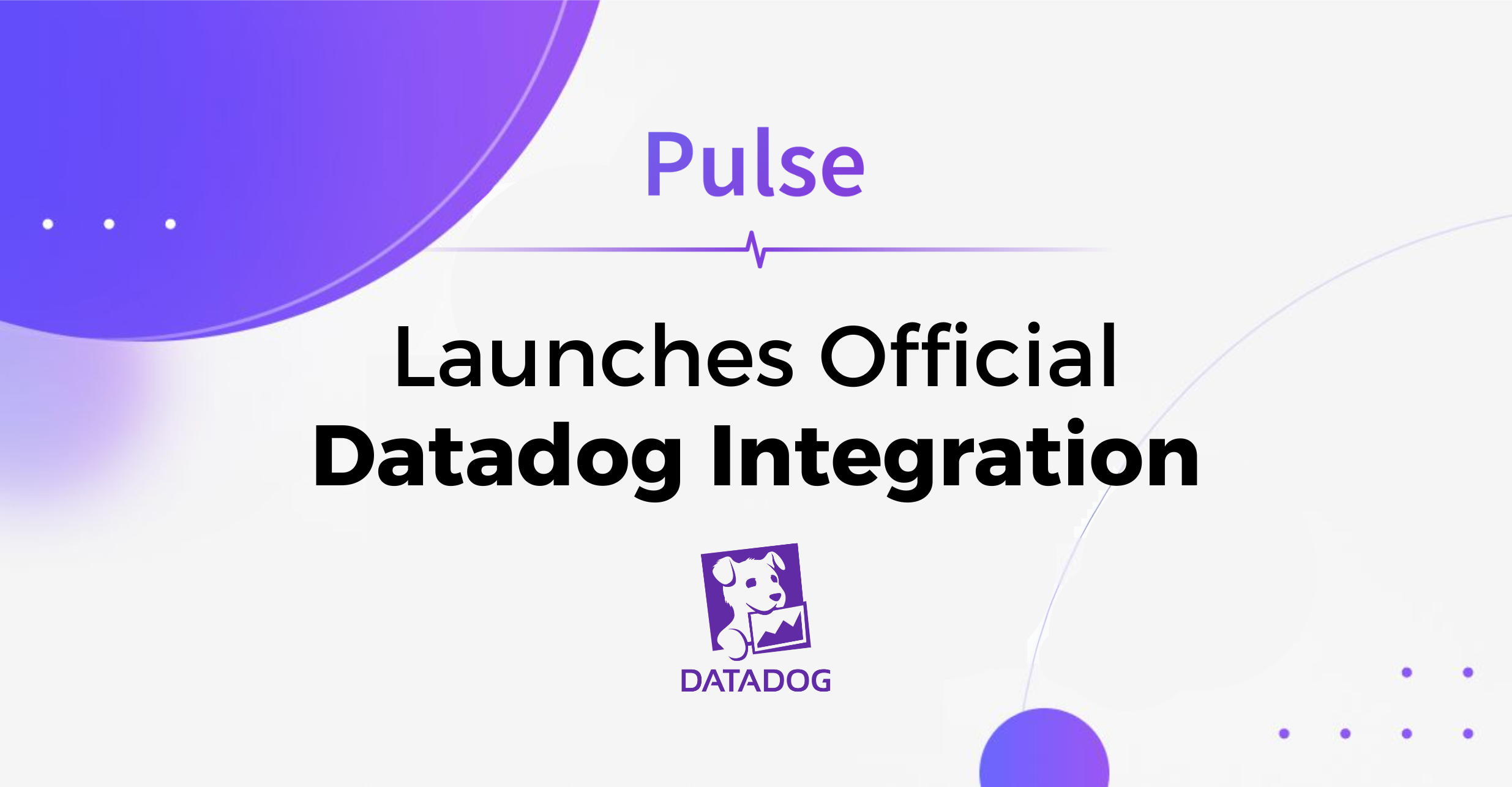Pulse Launches Datadog Integration
We're excited to announce that Pulse for OpenSearch and Elasticserch is now listed on Datadog marketplace. This is a powerful pairing designed to enhance observability for Elasticsearch and OpenSearch clusters. By combining Datadog’s extensive infrastructure visibility with Pulse’s deep search-engine-specific insights, this integration bridges some critical monitoring gaps, delivering comprehensive, actionable intelligence directly within your Datadog environment.
Why This Integration Matters
If you’re reading this, Datadog probably needs no introduction. It has become the go-to solution for infrastructure monitoring, offering robust dashboards, alerting, and analysis across a wide range of technologies. But when it comes to Elasticsearch and OpenSearch clusters, there are unique challenges and specific metrics that even the best general-purpose monitoring tools miss. Many Datadog users are currently left with limited to no visibility into key search metrics like query latency, shard health, JVM thread-pool utilization, and indexing performance and this puts their teams at risk for overlooking critical issues that can escalate quickly into unwanted support incidents.
And this is where Pulse comes in.
As a platform (and a team) specializing in Elasticsearch and OpenSearch monitoring and maintenance, Pulse provides deep, context-aware observability tailored specifically to these environments. Integrating Pulse with Datadog allows users to seamlessly leverage Pulse’s powerful analytics and smart alerting directly within their existing monitoring workflow.
What You Can Expect
This new integration enriches Datadog’s capabilities by incorporating specialized Elasticsearch and OpenSearch metrics, dashboards, and alerts directly into the Datadog interface. Users of the Pulse integration will gain immediate visibility into:
- Detailed query-level analytics, highlighting slow or resource-intensive searches.
- Shard-level performance and health, pinpointing hotspots and inefficiencies.
- JVM metrics, including heap utilization, garbage collection pauses, and thread-pool rejections.
- Smart, context-aware alerting that significantly reduces false positives and alert fatigue.
The integration also ensures a seamless workflow, enabling teams to move effortlessly between high-level infrastructure metrics in Datadog and granular, actionable insights provided by Pulse.
Seamless, Straightforward Integration
Setting up the integration is straightforward, requiring just a few simple steps within your Datadog environment. Once configured:
- Pulse data immediately populates dedicated Datadog dashboards.
- Metrics are pre-tagged and correlated, providing clear, intuitive visualizations of Elasticsearch/OpenSearch cluster health and performance.
- Key performance indicators (KPIs) unique to Elasticsearch/OpenSearch—such as shard skew, slow queries, and indexing rate—are now fully visible within Datadog.
Benefits for Elasticsearch and OpenSearch Users
The integration delivers several operational benefits, including:
- Faster Issue Resolution: Instantly identify and pinpoint the root cause of performance degradation or outages.
- Improved Resource Efficiency: Highlighting inefficiencies enables proactive optimization, reducing unnecessary spend on hardware or cloud resources.
- Reduced Alert Fatigue: Smarter alerts, contextualized specifically for Elasticsearch and OpenSearch, dramatically lower noise and distraction.
- Enhanced Workflow: No more context-switching between multiple tools—everything you need for comprehensive observability is centralized within Datadog.
Example Use-Cases and Scenarios
Here are some examples of who can benefit immediately from the Pulse integration:
- Teams already leveraging Datadog that require deeper visibility into their Elasticsearch/OpenSearch cluster health and performance
- Companies facing persistent performance and reliability challenges related to their search infrastructure
- Enterprises with mission-critical search clusters who are seeking to enhance their existing observability setup without replacing or significantly reconfiguring their current monitoring stack.
How to Get Started
Ready to experience the combined power of Datadog and Pulse? Simply follow the Datadog Integration Guide for quick, straightforward setup instructions.
To learn more about Pulse for OpenSearch and Elasticsearch visit https://pulse.support


